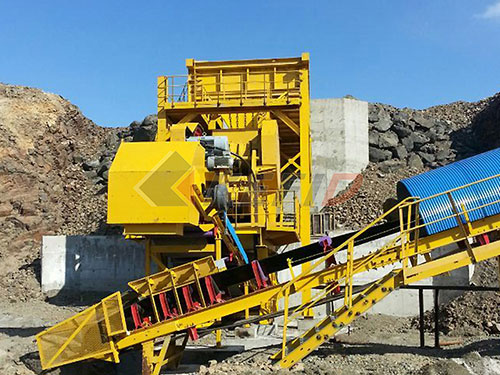Mastering the Art of Calculating Jaw Crusher Capacity: A Comprehensive Guide
Introduction: The Heart of Crushing Efficiency
In the demanding world of mineral processing, aggregate production, and recycling, the jaw crusher stands as an undisputed workhorse. Its robust design, relative simplicity, and ability to handle large feed sizes make it indispensable for primary crushing stages. However, the true measure of its effectiveness lies not just in its ability to break rock but in how much material it can process within a given timeframe – its capacity. Accurately calculating jaw crusher capacity (Perhitungan Kapasitas Jaw Crusher) is paramount for optimizing plant performance, ensuring adequate feed for downstream processes, selecting the right equipment size, and ultimately maximizing profitability. This article delves deep into the theoretical foundations, practical formulas, influencing factors, and methodologies essential for mastering jaw crusher capacity calculation.
1. Understanding Jaw Crusher Fundamentals
Before diving into calculations, a firm grasp of jaw crusher operation is crucial:
Basic Mechanism: A jaw crusher utilizes compressive force between two vertical jaws – a fixed jaw (stationary) and a movable jaw (swinging). The movable jaw reciprocates towards the fixed jaw.
Crushing Action: Rock enters from the top into the crushing chamber (the gap between the jaws). As the movable jaw moves towards the fixed jaw:
Material is nipped and progressively crushed.
Crushed material moves downwards due to gravity.
When sufficiently reduced in size to pass through the bottom opening (the closed-side setting – CSS), it exits as product.

Nip Angle: The angle formed between the movable and fixed jaws at their closest point (where crushing primarily occurs). An optimal nip angle (typically 18-22 degrees) ensures efficient gripping without excessive upward thrust or slippage.
Stroke: The vertical distance traveled by the movable jaw at its discharge end during each cycle (one complete opening and closing motion).
Toggle Plate: A critical safety component that acts as a sacrificial link. It breaks under extreme overload conditions (e.g., tramp iron), protecting more expensive components like shafts and bearings.
2. Theoretical Foundation: Taggart’s Formula – The Cornerstone

The most widely recognized theoretical approach to calculating jaw crusher capacity stems from empirical observations by Fred Chester Bond’s predecessor at Allis-Chalmers, Arthur Taggart. His fundamental formula provides a baseline estimate:
`C = Q / t`
Where

Leave a Reply